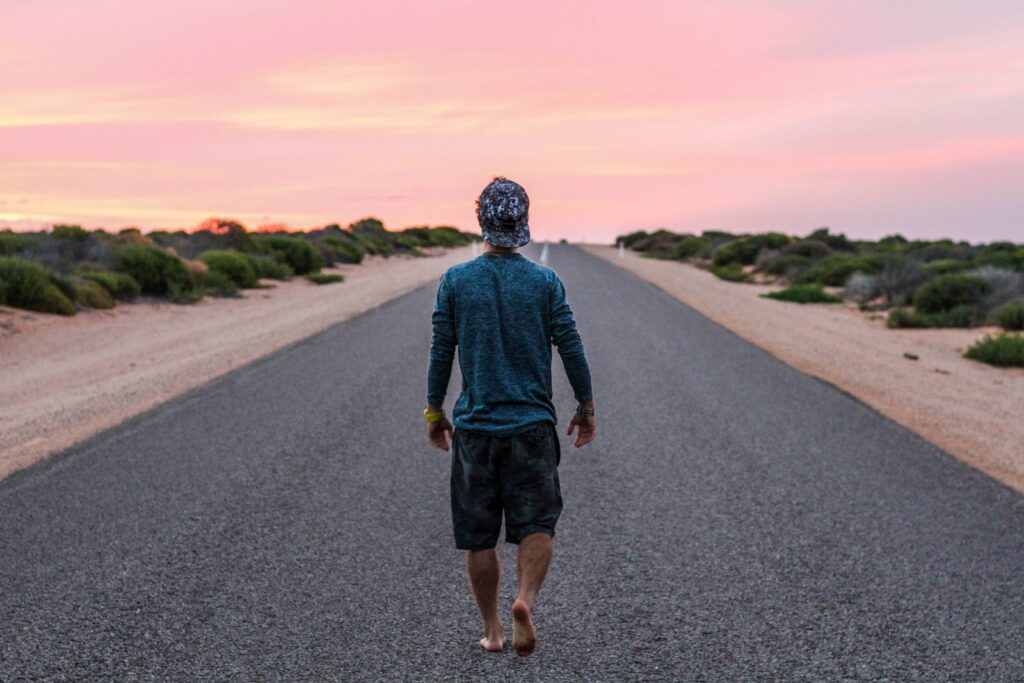Serving LGBTQ+ youth in America’s heartland
A new venture brings a compelling and innovative model to one of our community’s biggest issues.
For those of us who have been longtime members of the LGBTQ+ community, the issue of youth homelessness has been an unsolvable one for decades, spanning generations that perpetuate the cycle of struggle and disenfranchisement in our diverse, multigenerational community. Youth homelessness is a crisis that has not been alleviated by other rights advancements such as marriage equality or non-discrimination legislation. Furthermore, when we speak of LGBTQ+ youth homelessness, the discussion often focuses on urban centers where youth flock, both in search of amenities and acceptance.
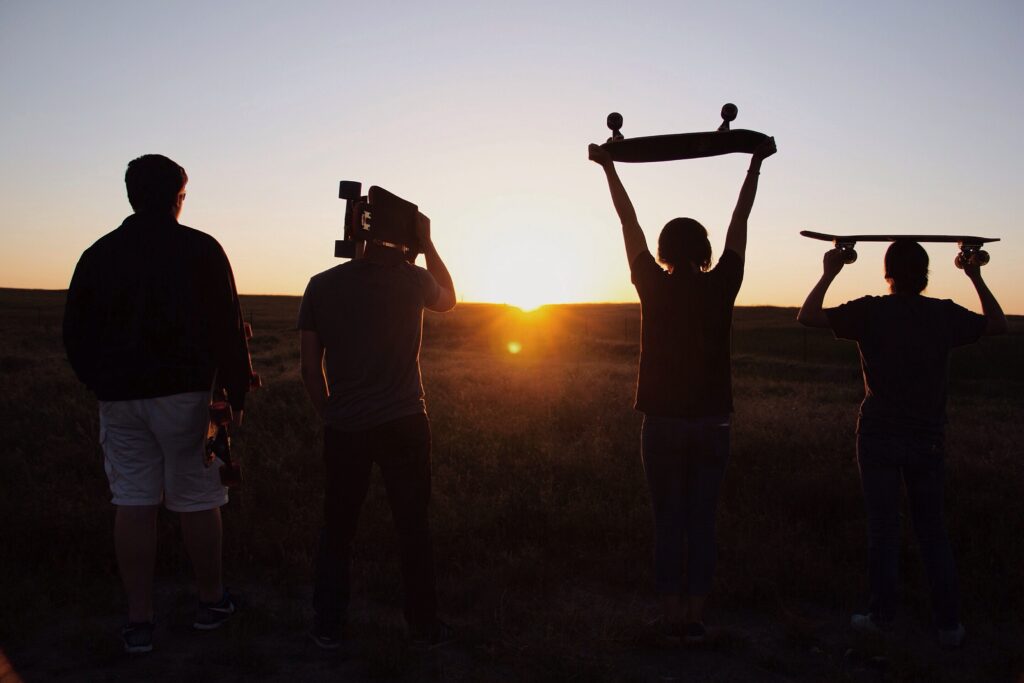
Youth homelessness is often underreported and under-serviced rural areas, where it is arguably needed the most. While Pride month may be over, we are still LGBTQ+ for the remainder of the year and for young people coming out and seeking acceptance, every day confronts them with the issue of where they are to go if they are kicked out of home for being who they are. Outside of the coasts and major metropolises, how do LGBTQ+ youth locate and access programs and services such as shelter, supportive counseling, education and community to survive their youth?
The LGBTQ+ Family Connections Center aims to address such challenges, specifically addressing the needs of homeless LGBTQ+ youth in the upper great plains region, primarily South Dakota’s Black Hills, all while serving the local Rapid City LGBTQ+ community, to North Dakota, Wyoming, Nebraska, and Montana.
While many in our community only understood the plight of LGBTQ+ youth in these regions after the 1998 murder of Matthew Shepard in Laramie, Wyoming, two decades have passed and more needs to be done to provide refuge for youth in need who are escaping intolerance and violence. It’s estimated that there are more than 28,000 LGBTQ+ people in a 200-mile radius of Rapid City.
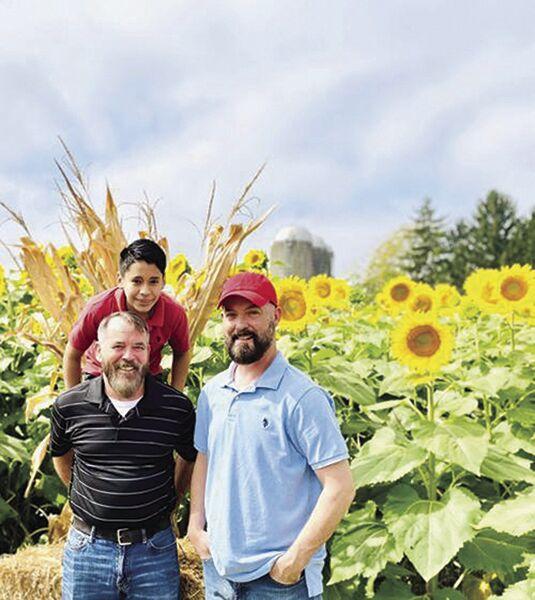
Now, Joe Barb, Executive Director, President and Founder of the LGBTQ+ Family Connections Center reveals his mission to establish a refuge that is a Counseling Center, Destination Community Center, Employment Resource, Emergency Housing Solution, and Rapid Rehoming for the LGBTQ+ community, youth, individuals, and their families in this under-served region.
The LGBTQ+ Family Connections Center is exploring partnerships with local organizations to bring STD testing, HIV education, and additional resources as they are identified. They have begun a relationship with South Dakota Continuum of Care and will continue to work with HUD to identify rapid rehousing rural needs. They have tapped into the expertise of trailblazers like Carl Siciliano, and Nadia Swanson from the Ali Forney Center, in New York, who have assisted in program planning and development; Zain Ismail, affiliated with Henry Ford Health Systems, Cornell Institute, and Hacking Health, is also consulting to design a telehealth concept.
Currently, the Center is securing a destination including cabins, counseling offices, and community center as part of a site specifically for youth. Uniquely, the destination will take advantage of the rural setting and offer 10 full-amenity cabins, campfires, individual and group counseling, peer support and community building, plus bonding around recreational activities such a hiking, s’mores, and outdoor movie theatre. Barb and his husband, Lambert Miller, so firmly believed that the property solved many issues surrounding LGBTQ+ services in rural America, that they secured the property, and long-term closing contract with their own funds. Queer Forty caught up with Barb to find out more.
What was your lightbulb moment for The LGBTQ+ Family Connections Center?
Joe: The lightbulb moment for me, was, while visiting my barber, I asked how he was. He said things were difficult at home, his teen trans male stepson had moved in, and they were having trouble finding supportive counseling. More than half the family has rejected him, refused to use correct pronouns, or even speak to him. He was at risk of dropping out of school, his biological father packed his things in trash bags, and dropped him at his stepdad and mom’s house and refused to participate in parenting his own child any further.
My barber was so worried that without supportive counseling, his stepson would become another statistic. The only support the family could find during Covid was emergency petition 72-hour evaluation, and that wasn’t acceptable. His son was not a risk to himself or his family, he was a broken teenager, displaced by a parent, forced to pack his things in a trash bag and leave the home he grew up in, simply for being a member of the LGBTQ+ community.
I connected with how broken I was as a late teen, the shame I felt for being LGBTQ+, for having no communication with family for five years, and I promised to immediately assist. I then contacted some friends, in the professional world, who later became our Board of Directors, to find assistance for the youth, and family. My barber, like myself and my family, prefer rural America over large metro areas, and in doing research I discovered just how desperately the Upper Great Plains needed targeted LGBTQ+ services.
Almost everyone I have ever met who is LGBTQ+ or Two Spirit, has encountered obstacles unique to our community, at some point in life, and all I could say to myself is ‘That teen is me, or was me, I have to help so he is a statistical success, not another loss, someone in two years that can tell me how LGBTQ+ targeted services changed his life for the positive, and gave him the tools and support to be the best person he should be, and will be, with the right community support. This is a responsibility of every LGBTQ+ or Two Spirit person who is in a position to assist’.
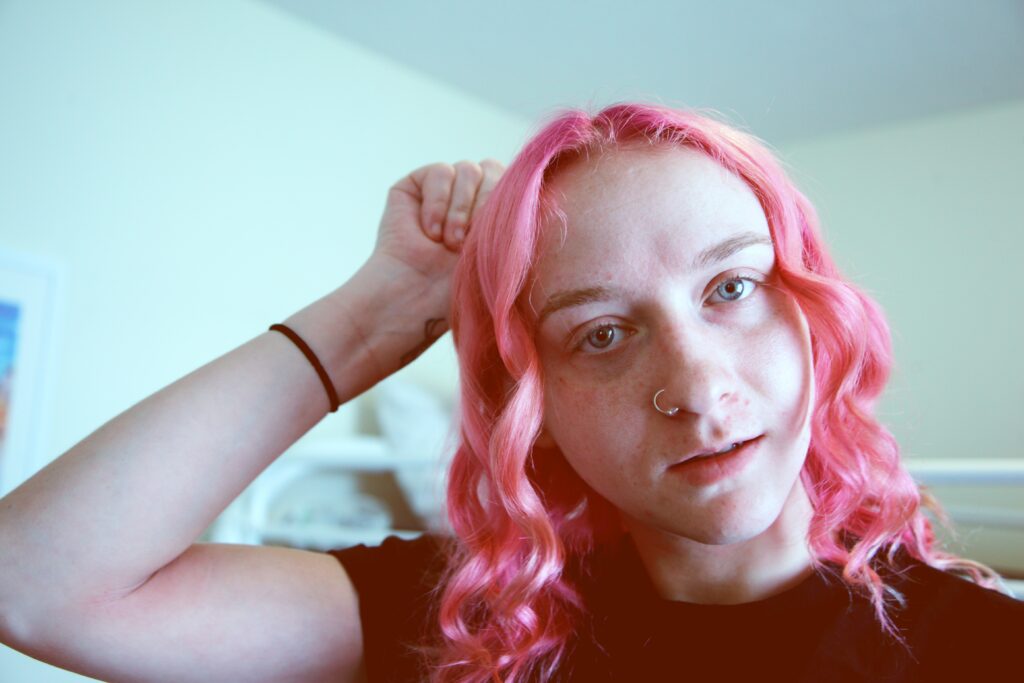
The “problem” of homeless LGBTQ+ youth is one we cannot seem to “solve”. In fact, year on year, even after marriage equality and major rights gains, LGBTQ+ homeless figures stay around the same if not worse. Why is this so?
Joe: The largest risk factors for homelessness for the LGBTQ+ community are: family rejection resulting from sexual orientation or gender identity; running away from physical, emotional, or sexual abuse, aging out of the foster care system, and financial and emotional neglect. Family rejection alone accounts for such a large percentage of homeless LGBTQ+ youth. All the risk factors are ongoing and until we can change public perception of the LGBTQ+ community, enact better discriminatory laws, and educate the general population and gain further acceptance, LGBTQ+ homelessness will continue with each generation.
While searching for housing, in shelters, and on the streets, LGBTQ+ youth disproportionately endure harassment, stigmatization, and abuse from peers and even shelter staff because of their sexual orientation and/or gender expression, further adding to trauma. LGBTQ+ youth find it difficult to find housing and often are asked to leave shelters after revealing their sexual or gender identity. As a result of harassment and negative experiences in shelters, LGBTQ+ youth are especially vulnerable to living on the streets, physical and sexual exploitation, experience high rates of conduct disorder, post-traumatic stress, and suicidal behavior.
This is why LGBTQ+ targeted services are so very important to statistically change the numbers. Family rejection doesn’t change quickly, and for some, never — especially when we have political motives that make the LGBTQ+ community out to be a lifestyle choice, non-affirming church leaders telling families not to support LGBTQ+ youth, and in some cases, even encourage families to disown LGBTQ+ youth, negative and or lack of representation in media, advertising, work environments, all continue to add up to LGBTQ+ youth being overrepresented among the homeless. LGBTQ youth account for 42% of the total unaccompanied homeless youth population, even though they make up to 10 percent of the overall youth population.
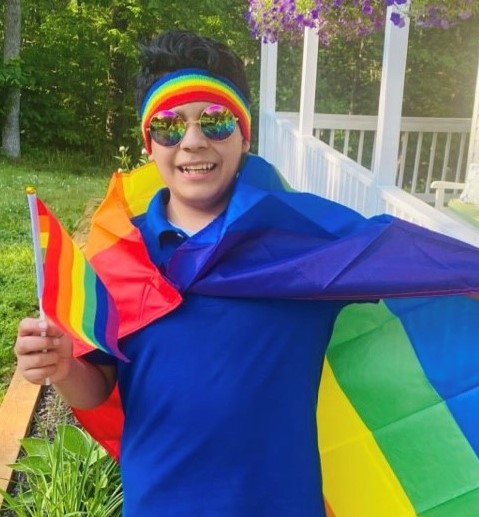
You visited the Great Plains region for Pride. What were your impressions and did your visit galvanize the project?
Joe: Pride was incredible this year. In small town Rapid City, South Dakota, there were 60 booths, from supportive organizations, and service providers, to affirming and welcoming churches, to local businesses and allies, all supporting the LGBTQ+ and Two Spirit community. The numbers in attendance shocked me. I truly didn’t expect the number of people who came out in support or looking for community.
I met so many youths, families, and individuals throughout the day who were seeking support and or community. One group of youth really struck a chord with me. As we were being protested by one church group, carrying a cross, standing just outside the event area, another church group was offering support to the LGBTQ+ and Two Spirit Community.
One of the members of the church was part of the ‘Mom Hugs’ group and brought three young ladies over to meet me. Listening to their stories, one of the young ladies, 19, freshman in college, said, ‘Could we have a Dad Hug? My Dad cut me off when I was 17, and I ended up sleeping on friends’ sofas till I was able to get more stable. Mom died from breast cancer several years ago, and I guess I don’t have a dad any more…’.
Not only did I hug her, but it also took me back to my teen years, where I felt so much shame imposed by society for being LGBTQ+. It was all I could do to hold back the tears. This beautiful, intelligent young adult was thrown out of her home for being a lesbian. She had to find a place to live, feed herself, finish high school, get into college, and overcome so many obstacles —simply for being LGBTQ+.
Joe Barb
I met many supportive families during the day, although, I also met several youths, families, and individuals we needed to connect with services. No child should ever have to figure out where they are going to sleep, where their next meal is coming from, who they can trust, talk to, or will love them. Rejection leaves scars that even if you can survive them, you carry those scars for life. Each one of those kids facing obstacles was in fact me, at one time in my late teens. Fortunately, I was able to find support, which is a needle in a haystack in rural America.
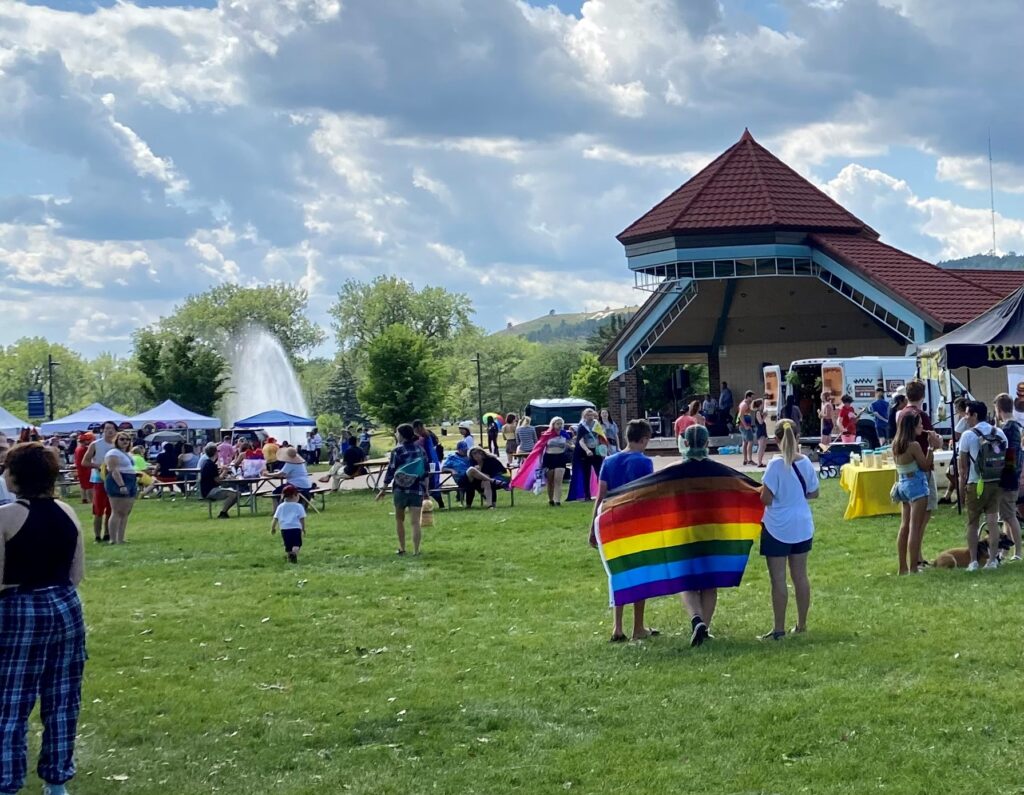
Rock goddess Pat Benatar has connected with your mission. How did that happen?
Joe: Pat Benatar’s brother, Andrew Andrzejewski, or ‘Andy’ as he was known, was part of the LGBTQ+ community. Tragically, he lost his life in 2002, and never lived his dream of one day being married with his own family. I was working on the nonprofit mission and listening to background music.
Pat Benatar and Neil Giraldo’s song, ‘Hell is for Children’ came on, and, lyrically, this song, and so many more of their songs, were so very powerful to me, and still are today. When the song came on, I listened to the lyrics, ‘Love and pain become one and the same, in the eyes of a wounded child.’ I listened more intently, and by the time the song reached ‘And you shouldn’t have to pay for your love with your bones and your flesh,’ I decided to reach out to Pat and Neil.
I had reached out to many influential celebrities trying to gain support in our mission. To my great shock and surprise, Pat responded, and was so very supportive of our nonprofit and mission and offered to make a video in support for our mission. I asked her if she’d consider a benefit concert. Pat’s manager suggested that Pat and Neil would perform and record some special songs to be used by our organization for fundraising.
I keep Pat and Neil updated on where we are as an organization, and they are both such incredible people, donating their time and talent to many good causes, although, the LGBTQ+ community is special to both, and they have stood steadfast in defending and supporting the LGBTQ+ community for many years honoring their late brother and brother-in-law, Andy.
On days when the work is difficult, and I am exhausted from the frequent 12–16-hour days, working on programs, support, and solutions, often I will get a message from Pat, encouraging words that affirm what we are doing is so very needed and supported.
How can Queer Forty readers support The LGBTQ+ Family Connections Center?
Joe: The most impactful support is helping us fundraise in order to close on the property, and further our work. Finding volunteers, and professionals to assist is actually much easier than I ever thought it would be, just on a one-day event at Pride, three affirming professional Licensed Counselors, and three Social Workers asked how they could assist. We have a waiting list of professionals, ready to begin the work, and programs, and solutions have been organized, we are so extremely fortunate to have the consultants we have… we just need the funding from public approval. Talking with Carl Siciliano, the Founder, and previous Executive Director, affirmed so much for me. He too started something out of belief, and statistics, that was so desperately needed to overcome LGBTQ+ youth homelessness in New York, funded the project from his own pocket, hoping the public would see the need as well, and he changed lives, survival of LGBTQ+ youth. I am hopeful that same kind of support comes from the LGBTQ+ community again for us.
Support The LGBTQ+ Family Connections Center here, and make a contribution here.

